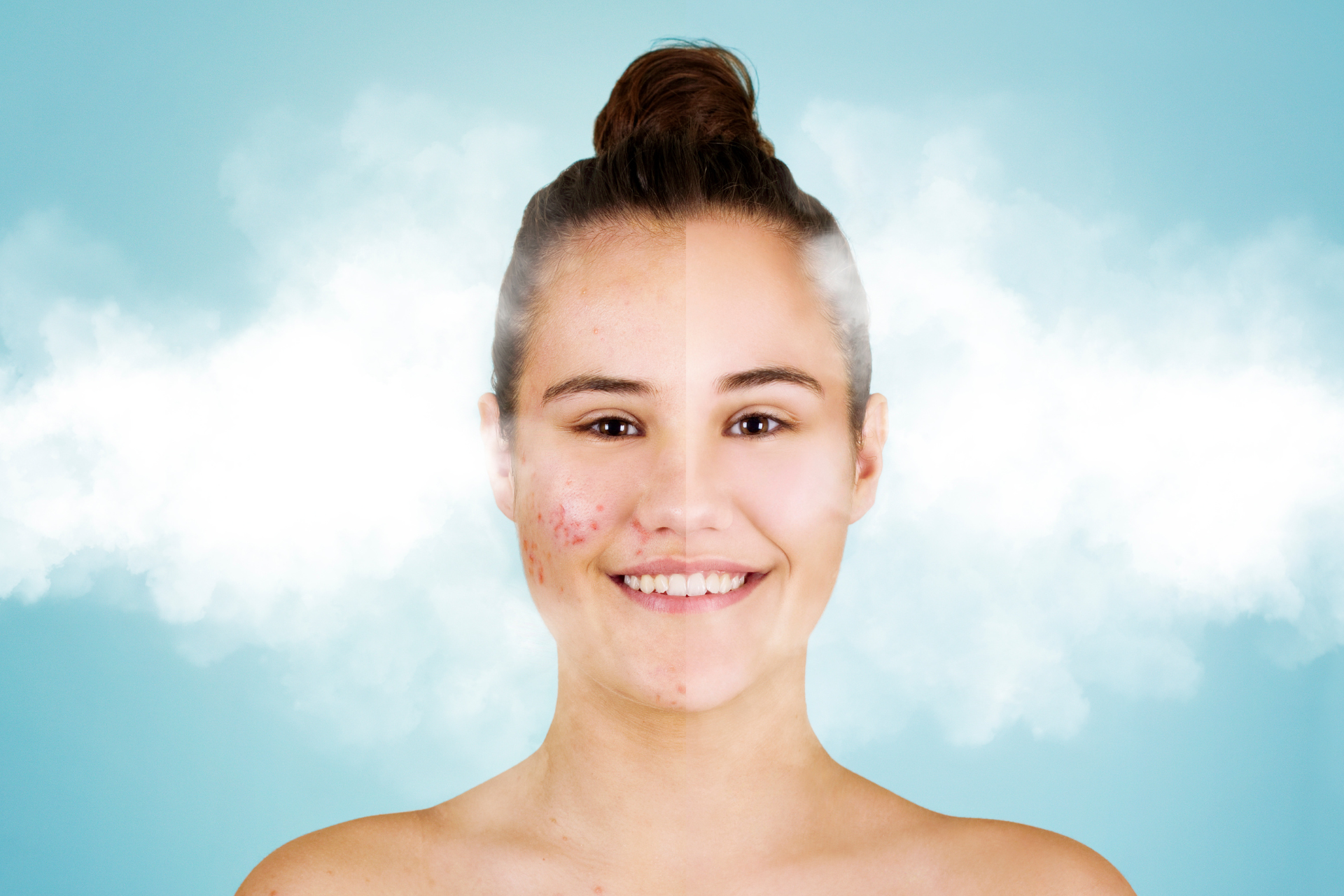How to Care for Your Skin After Cryosurgery: Tips for a Smooth Recovery

At Fall Creek Skin and Health Clinic, we understand that undergoing cryosurgery can be a significant step in addressing various skin-related issues, from unwanted lesions to precancerous spots. While the procedure is effective, proper post-operative care is essential to ensure a smooth and successful recovery. Here are some informative tips to help you care for your skin after cryosurgery.
1. Follow Your Doctor’s Instructions
The first and foremost tip is to adhere strictly to the aftercare instructions provided by your dermatologist or healthcare provider. Your physician at Fall Creek Skin and Health Clinic will give tailored advice based on your specific situation, which may include guidelines for wound care, pain management, and signs of infection to look out for.
2. Keep the Area Clean and Dry
Maintaining cleanliness is crucial in the days following cryosurgery. Gently cleanse the treated area with mild soap and water. Avoid scrubbing, as this can irritate the skin. After cleaning, pat the area dry with a clean, soft towel. It’s important to avoid any products that could aggravate the skin, such as exfoliants, harsh chemicals, or alcohol-based products.
3. Moisturize as Needed
Once the area is clean and dry, apply a thin layer of a gentle, fragrance-free moisturizer or ointment as recommended by your healthcare provider. This helps to keep the skin hydrated and can aid in the healing process. Avoid using greasy ointments unless advised; they may trap bacteria and lead to infection.
4. Protect from Sun Exposure
After cryosurgery, your skin will be especially vulnerable. Protect the treated area from direct sunlight by wearing protective clothing or using a broad-spectrum sunscreen with SPF 30 or higher when spending time outdoors. Sun exposure can lead to pigment changes and may complicate the healing process.
5. Avoid Picking or Scratching
It can be tempting to touch or scratch the treated area, especially if it becomes itchy or flaky. It’s essential to avoid this behavior to minimize the risk of complications like scarring or infection. If you find the area uncomfortable, consult your healthcare provider for appropriate remedies.
6. Watch for Signs of Complications
Keep an eye on the healing area over the next few weeks. While some redness and swelling are normal, seek medical attention if you notice increasing pain, oozing, or any signs of infection, such as fever or excessive redness. Early intervention can prevent more severe complications.
7. Stay Hydrated and Maintain a Healthy Diet
Healing requires energy, and hydration plays a key role in skin recovery. Be sure to drink plenty of water and support your body with balanced nutrition, including vitamins and minerals that promote skin health, like omega-3 fatty acids and antioxidants.
8. Schedule Follow-Up Appointments
Lastly, don’t forget to attend your follow-up appointments at Fall Creek Skin and Health Clinic. These visits are crucial for monitoring your healing process and ensuring that any concerns are addressed promptly.
In conclusion, with proper care and attention, recovery from cryosurgery can be a smooth and successful process. If you have any questions or concerns during your recovery, don’t hesitate to reach out to us at Fall Creek Skin and Health Clinic. We are here to support you on your journey to healthier skin.



Need Our Services?
Book a free consultation

Our promise is to offer high-quality medical attention at a fair price in a clean, friendly, and professional environment.
QUICK LINKS
BUSINESS HOURS
- Mon - Thu
- -
- Friday
- -
- Saturday
- Appointment Only
- Sunday
- Closed
All Rights Reserved | Fall Creek Skin and Health Clinic |
